Discover the Best Dog Toothpaste Brands for Dental Health and Fresh Breath
If you’re anything like me—someone who’s spent years elbows-deep in fur, wagging tails, and a whole lot of drool—then you already know how much dental health matters for our four-legged companions. But here’s the thing: finding the best dog toothpaste brands for dental health isn’t as simple as grabbing the first tube off the pet store shelf. As a Veterinary Technician and Canine Nutrition Nerd (yes, I own that title proudly), I’ve seen firsthand how poor oral hygiene can sneak up on even the most pampered pooches. From tartar buildup to full-on periodontal disease, it’s not pretty—and it’s definitely not cheap to treat. So, let’s talk toothpaste. The good, the bad, and the minty fresh.
Why Brushing Your Dog’s Teeth is Non-Negotiable
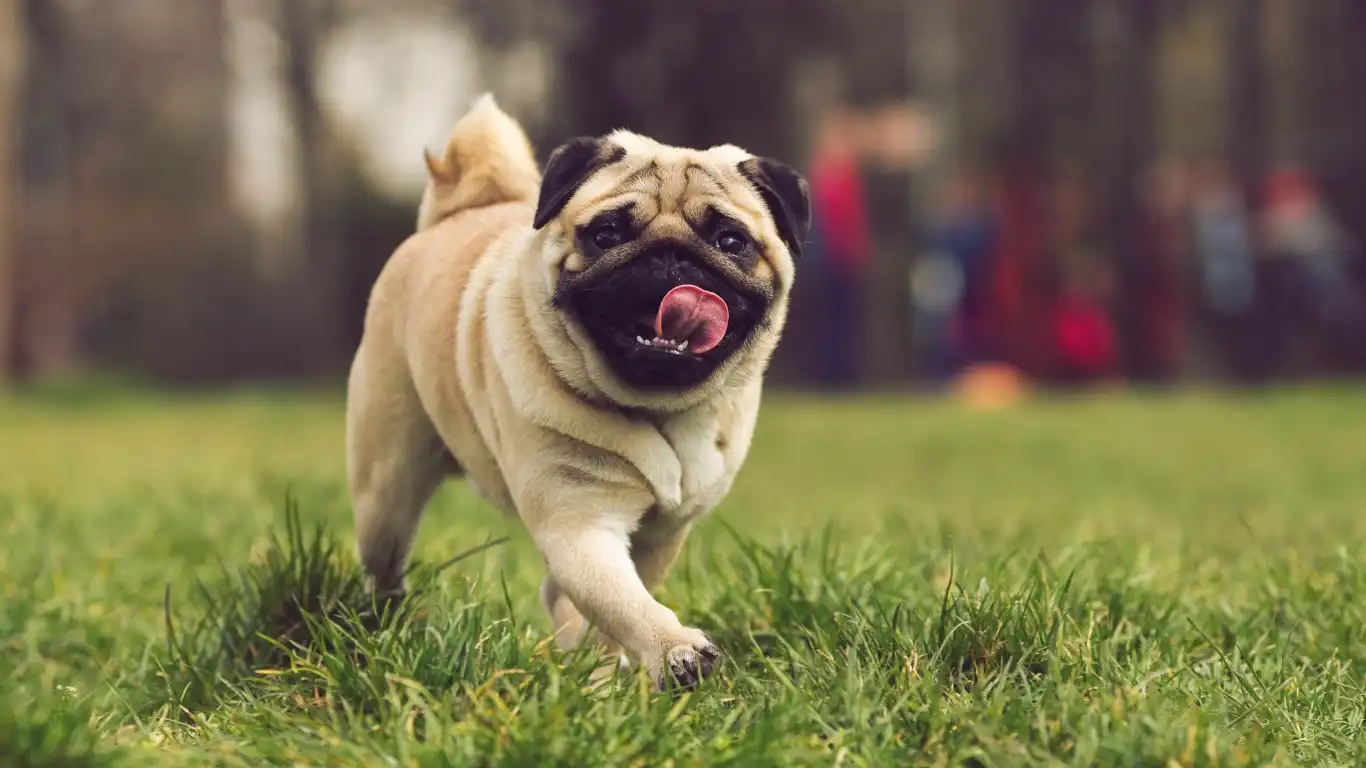
Let me tell you, there are two types of pet parents: the ones who brush their dog’s teeth and the ones who *mean* to. Trust me, I get it—life is hectic. But brushing your dog’s teeth isn’t just a bonus, it’s essential. Dental disease can start creeping in before they even hit their second birthday. Yikes.
I’ve seen more dogs than I can count who had to be put under anesthesia for dental cleanings. And while professional cleanings absolutely have their place (sometimes it’s the only way to start fresh), prevention at home is key. A quality toothpaste made specifically for dogs is your first line of defense. And no, human toothpaste is a huge no-no—it can actually be toxic to dogs, especially those with xylitol.
What Happens If You Skip It?
If you’ve ever caught a whiff of your dog’s breath and nearly passed out, you’re not alone. Bad breath is often the first red flag. But it gets worse: plaque turns to tartar, gums get inflamed, teeth loosen or fall out, and the bacteria can even travel to vital organs like the heart and kidneys. I’m not trying to scare you (okay, maybe just a little), but dental disease is one of the most common and most overlooked issues in vet clinics. It’s preventable—with the right products and a little consistency.
What Makes a Dog Toothpaste “The Best”?
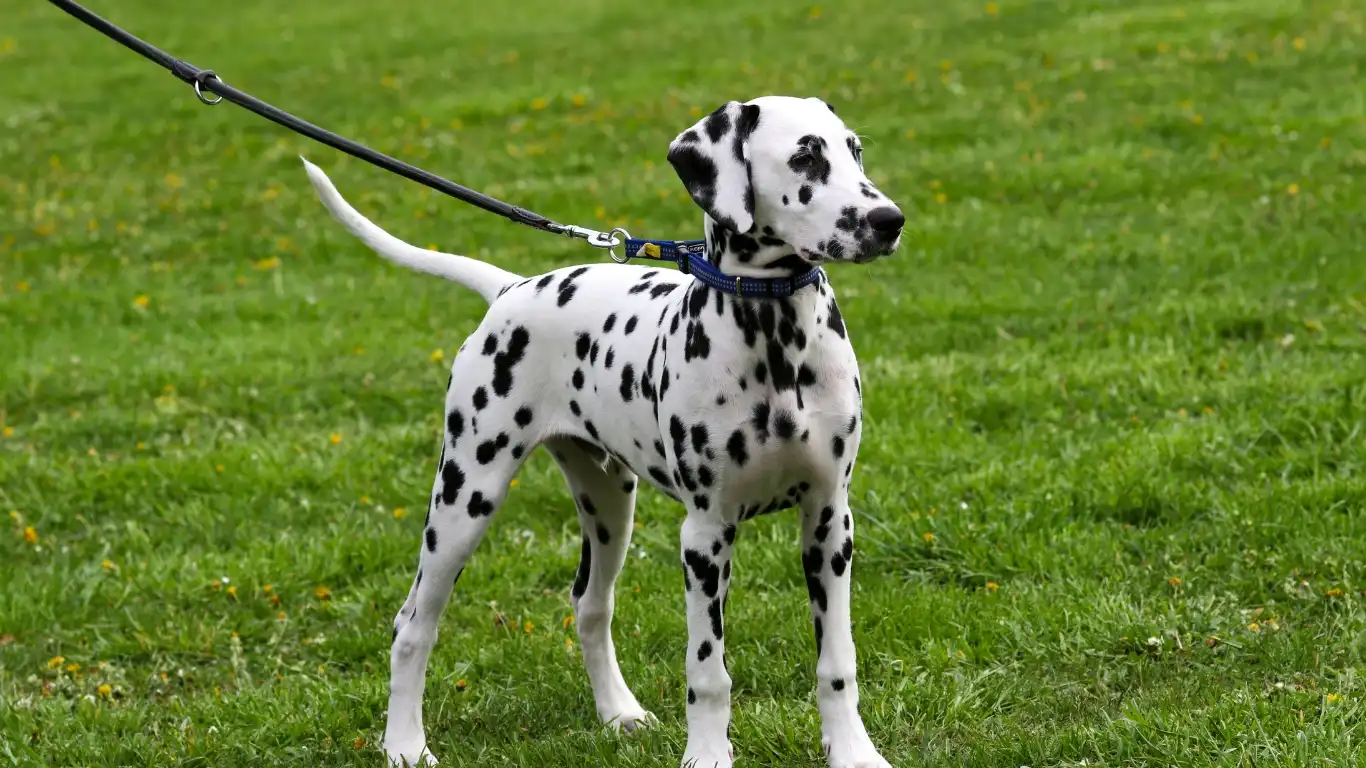
Not all dog toothpastes are created equal. I’ve tested dozens in clinic settings and with my own pups (shoutout to Moose and Bella, my canine taste testers). Some made them gag, some worked great but cost an arm and a leg, and a rare few hit that sweet spot of effective, affordable, and pup-approved. Here’s what I look for when recommending the best dog toothpaste brands for dental health to clients:
- Enzymatic action: These contain enzymes that help break down plaque and tartar without scrubbing your pup’s molars into oblivion.
- Dog-safe ingredients: Avoid fluoride, xylitol, or anything not explicitly labeled safe for canine use.
- Flavor matters: Chicken, peanut butter, vanilla mint—yes, even dogs have flavor preferences. A good taste makes your brushing routine a whole lot easier.
- Veterinary approval: Brands with vet endorsements or VOHC (Veterinary Oral Health Council) approval earn major bonus points.
- Texture & consistency: Some pastes are too runny or thick, making application a chore. A nice, spreadable consistency is best.
My Go-To Picks From the Clinic
Okay, confession time: I have favorites. Based on years of experience, patient feedback (yes, dogs “tell” you when they hate something), and ingredient nerding, here are a few standout brands I often recommend:
- Virbac C.E.T. Enzymatic Toothpaste: A classic. It’s been around for years and has solid science backing it. Plus, dogs genuinely like the poultry flavor.
- Sentry Petrodex Enzymatic Toothpaste: Another affordable, effective option. The peanut flavor is surprisingly popular with picky eaters.
- TropiClean Fresh Breath Oral Care Gel: This one’s a gel more than a paste, but it’s a winner for dogs who hate brushing. Just a dab on the teeth helps with daily maintenance.
Every dog is different. What works wonders for one may make another bolt out of the room. Try a few, see what clicks. I always tell pet parents: the *best* toothpaste is the one you’ll actually use—consistently.
How Often Should You Be Brushing?
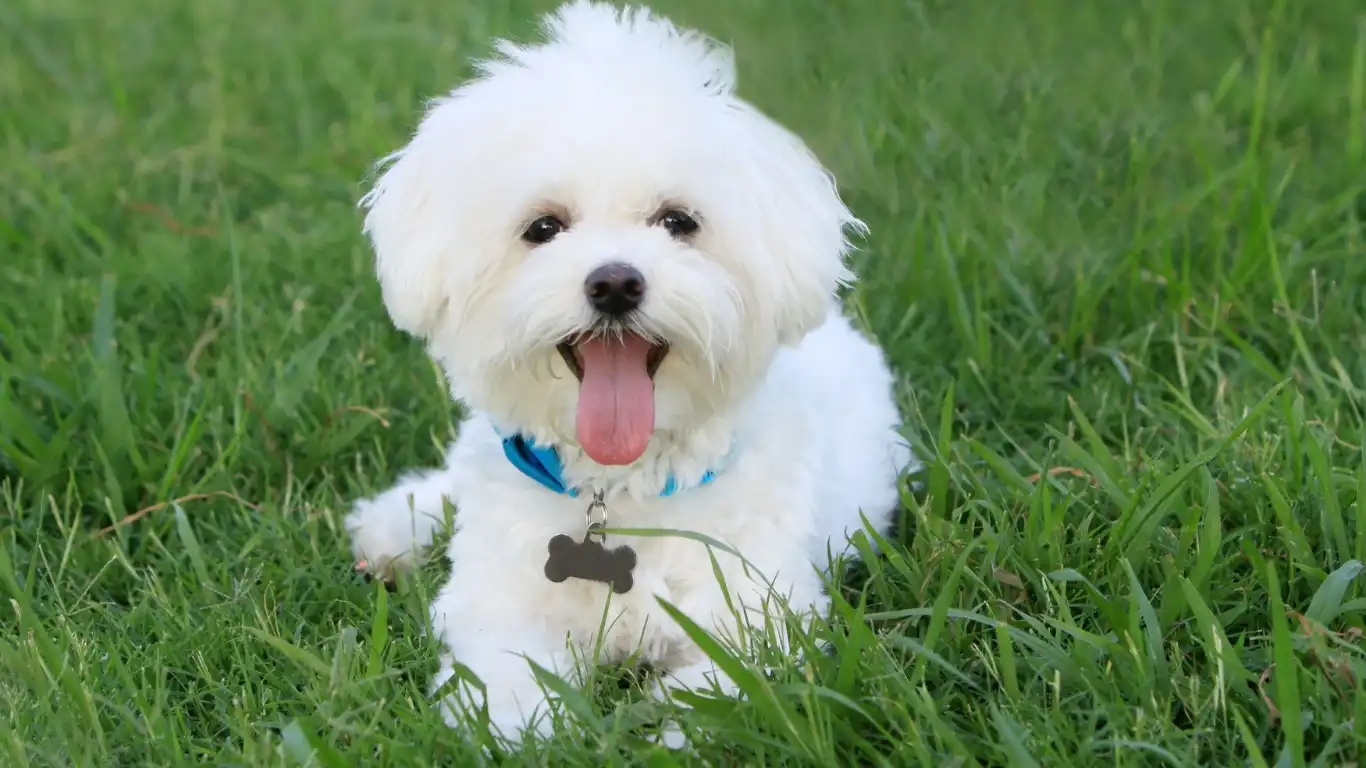
If you’re brushing once a month, that’s like brushing your own teeth once a week. Not gonna cut it. Ideally, you should brush your dog’s teeth daily, or at the very least, three times a week. That’s the sweet spot where you’ll start seeing real benefits.
In reality, life happens. I tell pet parents to aim for daily, and if you hit 3–4 times a week, you’re already winning. Combine that with dental chews, water additives, and maybe a pro cleaning every year or two, and you’re giving your pup a strong foundation for lifelong oral health.
And hey—don’t be too hard on yourself. I’ve had weeks where even as a vet tech, I missed a brushing or two (or three). It’s about progress, not perfection.
Top Mistakes Pet Parents Make with Dog Toothpaste

So now that you know what to look for, let’s talk about what *not* to do. Because believe me, I’ve seen it all—from toothpaste in the eyes (yes, really) to pups who learned to dread toothbrush time. Using even the best dog toothpaste brands for dental health won’t do much if you’re going about it the wrong way.
- Using human toothpaste: I can’t say this enough—don’t do it. Human toothpaste often contains xylitol, which is toxic to dogs, plus fluoride, which isn’t safe if swallowed. And guess what? Your dog’s not spitting it out.
- Only brushing the front teeth: It’s tempting because it’s easier, but most dental disease happens in the back molars. That’s where all the action (and plaque) is.
- Being too aggressive: Brushing should be gentle. If your dog starts backing away, it might be that you’re pressing too hard or scrubbing like it’s grout in your bathroom.
- Skipping the acclimation period: You can’t just go in toothbrush blazing. Start slow—let them taste the paste first, then introduce your finger, then a brush.
When I worked in the clinic, we’d walk pet parents through this whole process step-by-step. Honestly, getting your dog comfortable with it can take a week or more. And that’s totally okay! Rushing it usually backfires.
Tools of the Trade: What Else You Need Beyond Toothpaste

Let’s be real—just having a good toothpaste isn’t enough. Technique matters, and so does the gear. Over the years, I’ve recommended dozens of brushes, finger pads, and dental kits. Some were amazing. Others… ended up in the trash after one use. Here’s a quick rundown of what actually works in the real world:
Toothbrush Options
- Dual-head toothbrush: These have angled heads that fit better into a dog’s mouth, especially helpful with medium to large breeds.
- Finger brushes: Great for beginners or dogs who hate traditional brushes. Just be mindful if your pup’s a chomper—you’ll need your fingers intact!
- Silicone brushes: These are soft and easy to clean but not always effective for plaque removal. I’d use them more for getting a dog used to brushing than for actual cleaning power.
Dental Wipes & Sprays
Got a dog who flat-out refuses the brush? You’ve got options. I always kept dental wipes and sprays in my kit for the more, let’s say, *opinionated* pups. Wipes are better than nothing—they can remove surface debris and distribute the toothpaste enzymes. Sprays freshen breath but don’t always do much for actual tartar. Still, some action is better than no action.
Reading the Labels: Ingredients That Matter

This is where my nutrition background kicks in. Ingredients matter, not just in food but in anything you’re putting in or around your dog’s mouth. You’d be surprised how many dog toothpaste brands sneak in artificial sweeteners, dyes, or fillers. No thanks.
When I evaluate a product, I always flip to the label. Look for:
- Glucose oxidase or lactoperoxidase: Enzymes that actually do the heavy lifting when it comes to breaking down plaque.
- Baking soda: Safe in small amounts and helps scrub gently while neutralizing odors.
- Natural flavors: Think chicken, beef, or vanilla. Avoid anything “mystery meat” sounding or too artificial.
I always steer clear of xylitol (super dangerous), fluoride (not dog-safe), and propylene glycol (can cause tummy upset). Less is more, and if the ingredient list looks like a chemistry exam, skip it.
Real Talk: Making It a Habit
I’ll be honest, brushing your dog’s teeth isn’t always a walk in the park. Some dogs hate it. Some just tolerate it. And some, like my senior Labrador Bella, eventually learn to love it because they know treats come after. Consistency is everything.
Here’s what worked for me and dozens of my clients over the years:
- Pick a time that’s chill: After dinner, during Netflix, whatever works. Just make it consistent so your dog knows what’s coming.
- Use a routine cue: I literally say, “Let’s brush your chompers!” in a silly voice, and my dogs come running. Sounds goofy, works like a charm.
- Follow with a reward: A tiny treat, belly rub, or walk afterward helps them associate brushing with good vibes.
Start small. Even if all you do the first few days is let your pup lick the toothpaste off the brush, that’s progress. Add in gentle brushing over time. Before you know it, you’ll have a dental routine you both can stick to.
And remember—no one’s perfect. If you miss a day (or three), just pick it back up. Your dog won’t hold it against you, and neither will their teeth… as long as you don’t make skipping a habit.
Maintaining Your Dog’s Dental Health Beyond Brushing
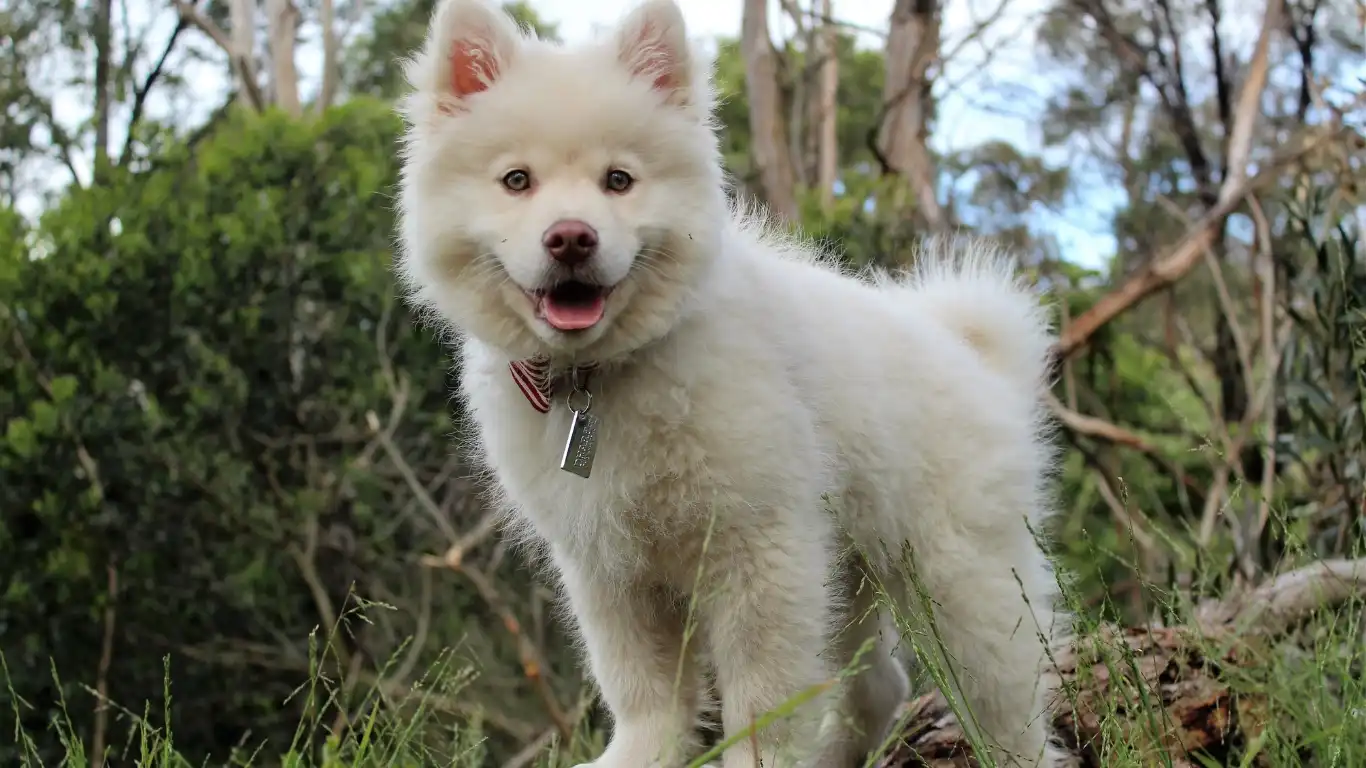
So, now that you’ve got your dog’s toothpaste and brushing routine down, let’s talk about how to keep those pearly whites healthy in between brushings. Brushing is the foundation, but it’s not the only tool in your arsenal for preventing dental disease. Over the years, I’ve learned that dental health is a full-spectrum effort. Think of it as a team sport—your dog’s teeth need more than just one play to stay in top shape!
Dental Chews and Toys: The Perfect Complement
One of the best ways to help maintain your dog’s dental health is by incorporating dental chews and toys into their daily routine. I can’t even count how many times I’ve recommended these in clinic, and for good reason—they really do make a difference. My dog Moose is *obsessed* with his dental chew toys. He knows the routine: a quick brushing, followed by a chew, and he’s set for the day.
But not all chews are created equal. Here’s what to look for when choosing the best dental chews for your dog:
- VOHC-approved chews: The Veterinary Oral Health Council (VOHC) stamp is like the gold star of dog dental products. If a chew is VOHC-approved, you can trust that it’s been tested and proven to help reduce plaque and tartar.
- Size matters: Choose chews that match your dog’s size. A chew that’s too small can be a choking hazard, while one that’s too large might not be as effective at cleaning their teeth.
- Texture: Look for chews that are firm enough to help scrape away plaque but not so hard that they could cause tooth damage.
And remember, while chews and toys are a great addition to your dog’s dental routine, they don’t replace brushing. They’re an excellent supplement, but brushing is still the most effective way to keep those gums and teeth in check.
Diet and Its Impact on Dental Health
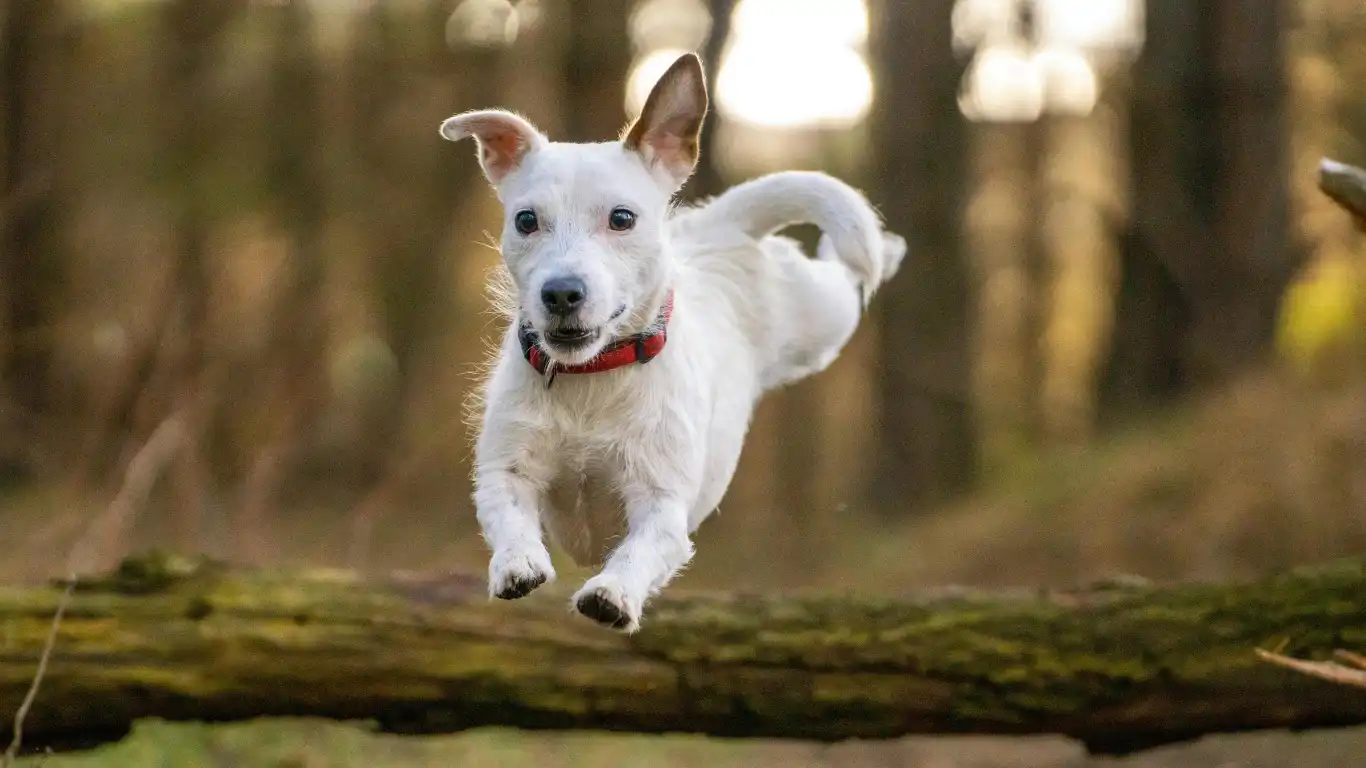
Let’s not forget about the role of diet in maintaining your dog’s dental health. A healthy, balanced diet plays a significant role in oral hygiene—what goes into your dog’s mouth can affect what’s happening inside it. I always tell pet owners that dental health starts with nutrition, so don’t overlook the importance of choosing the right food. For instance, dry kibble can help scrape away plaque as your dog chews, but some higher-quality foods are also specifically designed to promote oral health.
Foods That Promote Healthy Teeth
- Specialty dental diets: Some brands offer foods that are designed to reduce plaque and tartar buildup. They usually have larger kibble sizes and special textures that scrub teeth as dogs chew.
- High-quality proteins: Look for foods that list high-quality animal proteins like chicken, beef, or lamb as the first ingredient. These provide essential nutrients that support overall health, including healthy gums.
- Omega fatty acids: Foods rich in omega-3 fatty acids can help reduce inflammation and promote healthy gums, which is essential in preventing gum disease.
Of course, some dogs can be picky eaters, so if your dog turns their nose up at a dental food, don’t stress. There are plenty of alternatives, including dental treats, chew toys, and supplements that can help. Always consult with your vet about the best food for your dog’s specific needs.
Signs Your Dog Might Need Professional Dental Care
Despite all the brushing, chewing, and high-quality food, there may still come a time when your dog needs more than at-home care. While dental disease is often preventable, some dogs are more prone to it than others, depending on their breed, age, and genetics. Here are a few signs that your dog might need a professional cleaning:
- Bad breath: If your dog’s breath smells like something died inside their mouth, it’s time for a vet visit. Chronic bad breath often signals tartar buildup and potential gum disease.
- Red or swollen gums: Gums should be pink and healthy. If they’re red, swollen, or bleed when you touch them, it’s a sign of gingivitis or more serious periodontal disease.
- Yellow or brown teeth: Plaque and tartar can build up quickly, especially on the back teeth. If you notice a yellow or brownish discoloration, it’s a strong indicator that a professional cleaning is needed.
- Difficulty chewing: If your dog is suddenly refusing to chew on their favorite toys or treats, it could mean they’re in pain or discomfort due to dental disease.
- Excessive drooling: Drooling more than usual can sometimes indicate that your dog is experiencing pain in their mouth.
If you notice any of these signs, schedule a dental checkup with your vet. Early intervention can save your dog from more severe dental issues down the road. And as a vet tech, I can’t stress enough how important it is to stay on top of these things—waiting too long could mean an expensive, invasive procedure down the line.
References and Additional Resources
If you’re looking for more information on dog dental health, these resources are great places to start:
Disclaimer
This article is intended for informational purposes only and is based on my personal experience as a Veterinary Technician and nutrition specialist. While I strive to provide accurate and up-to-date advice, it’s always best to consult with your own veterinarian for tailored recommendations based on your dog’s specific health needs.
Dental care is a long-term commitment, but with the right tools, products, and routine, you’ll help your dog live a long, healthy life with a smile that shines.





